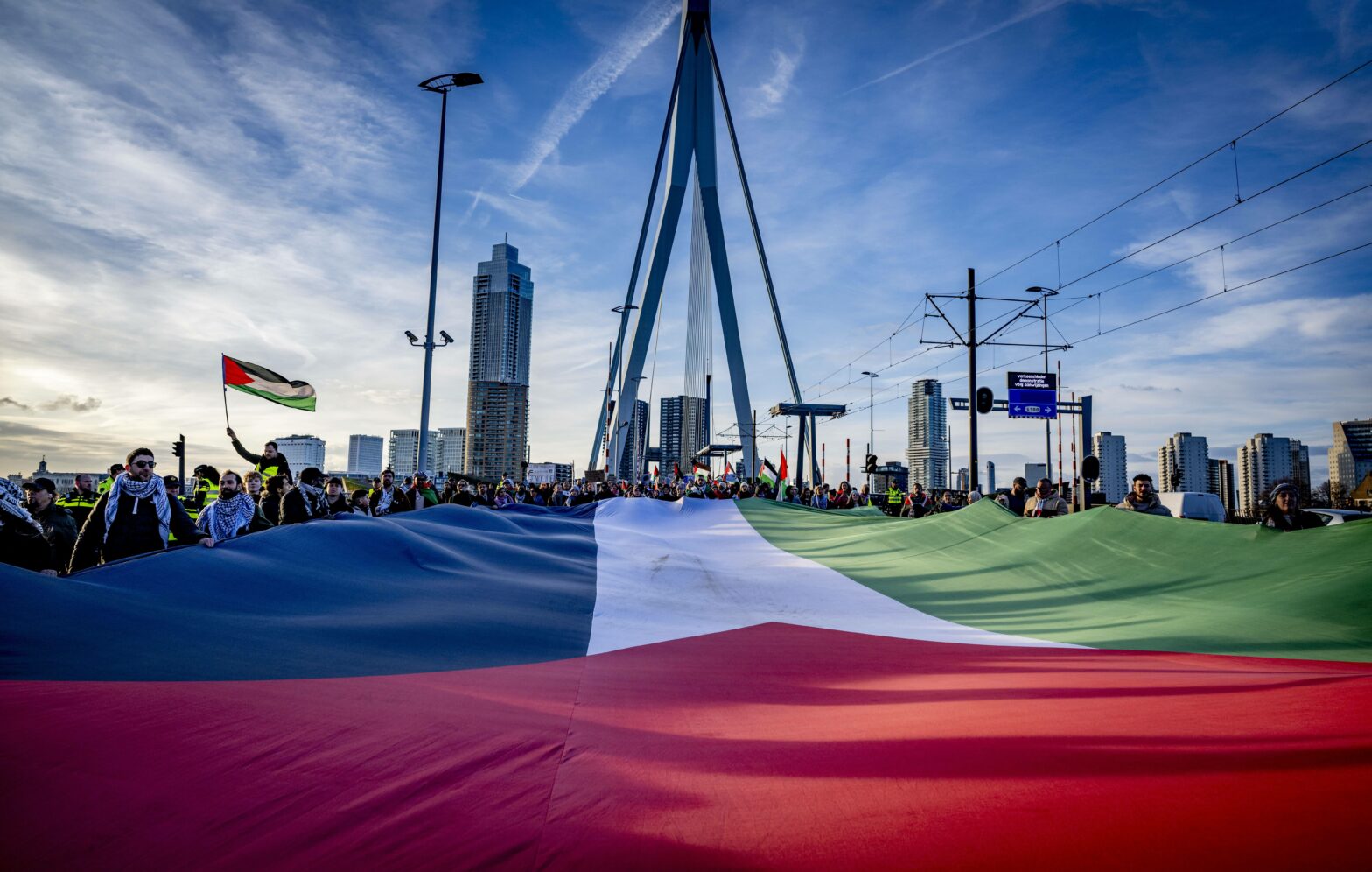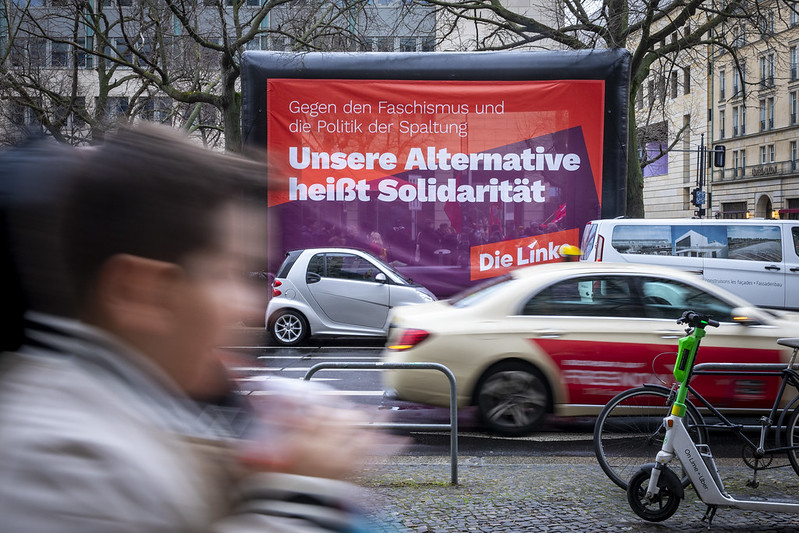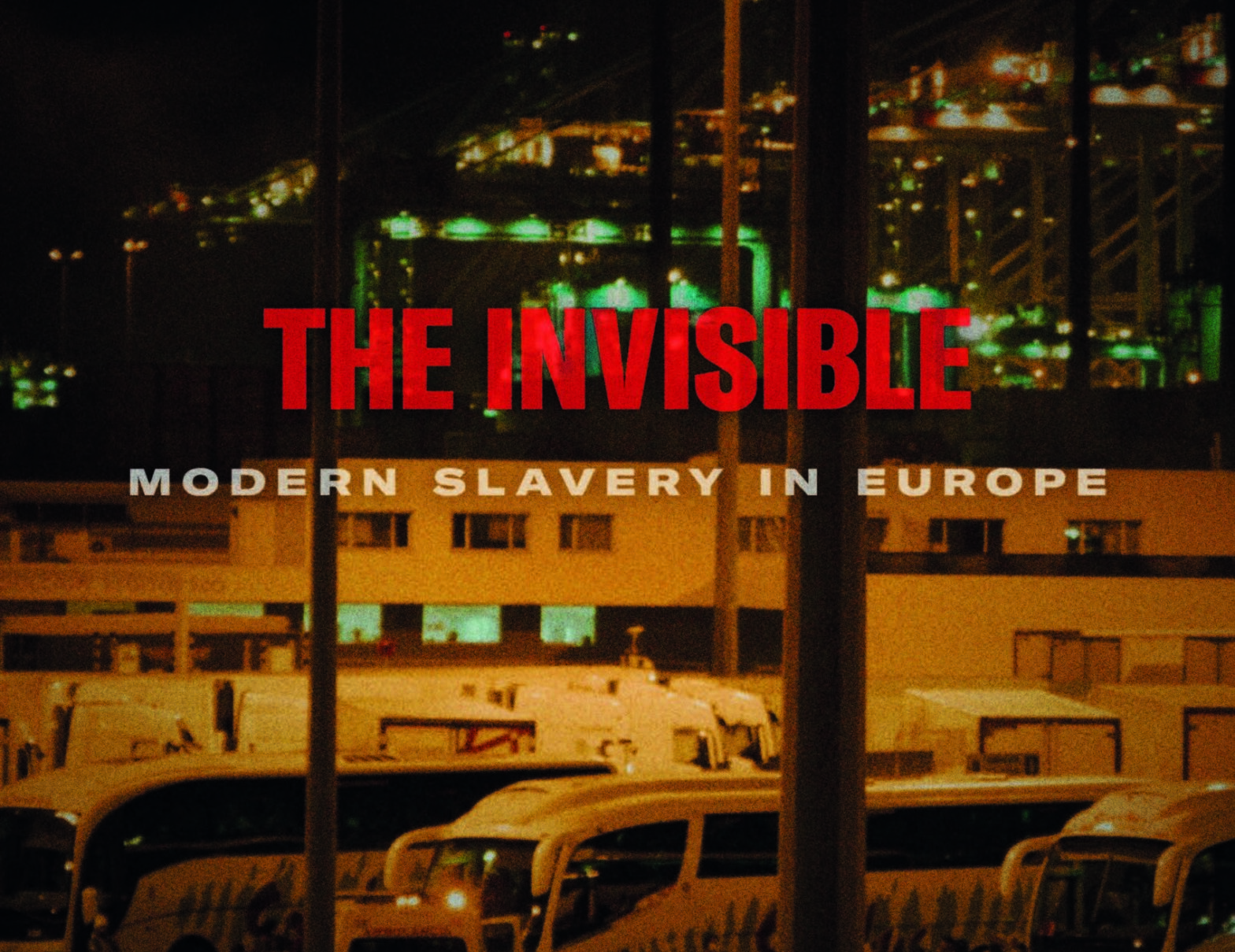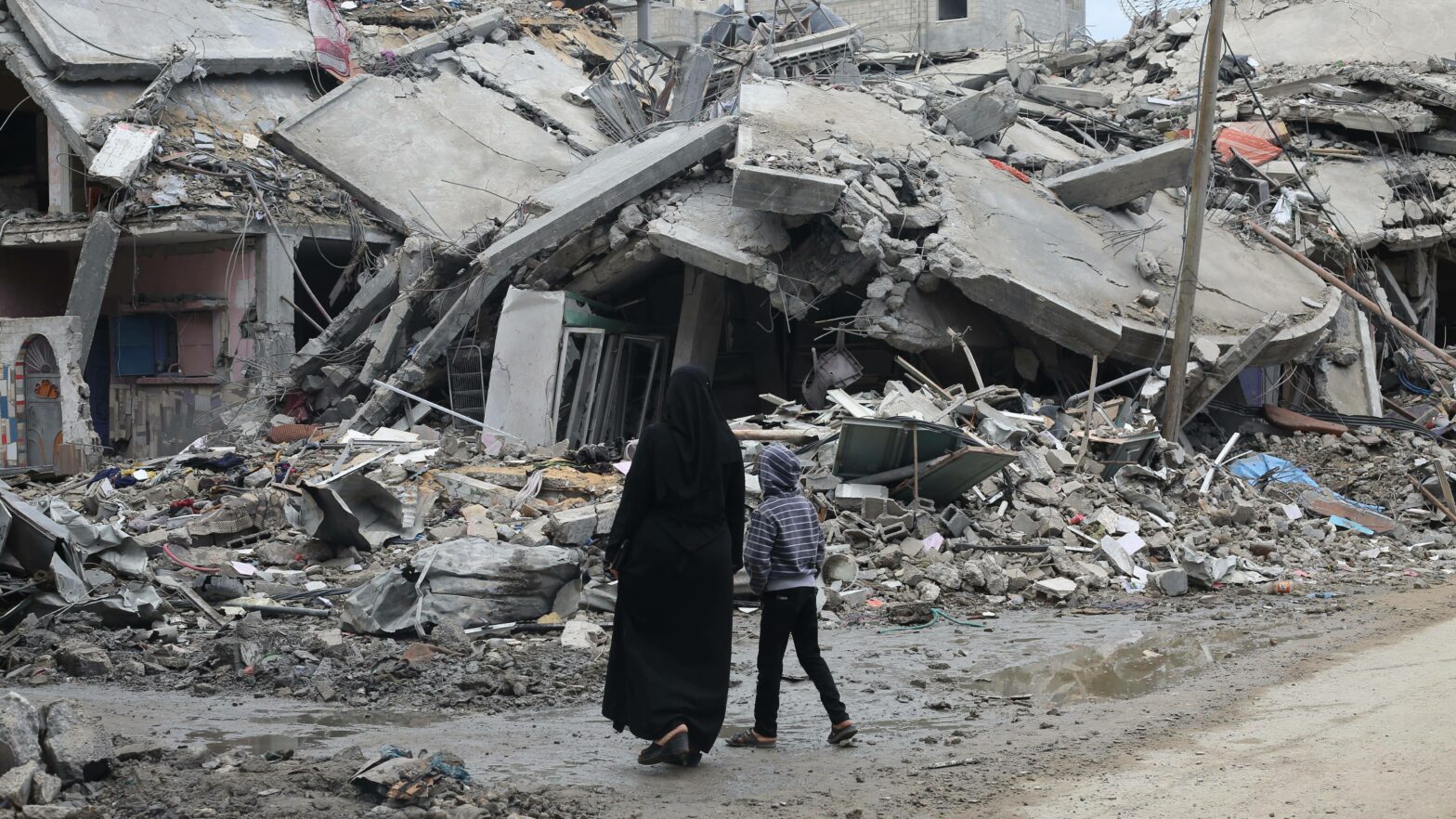Share Twitter Facebook Email Copy URL
G2H2 report
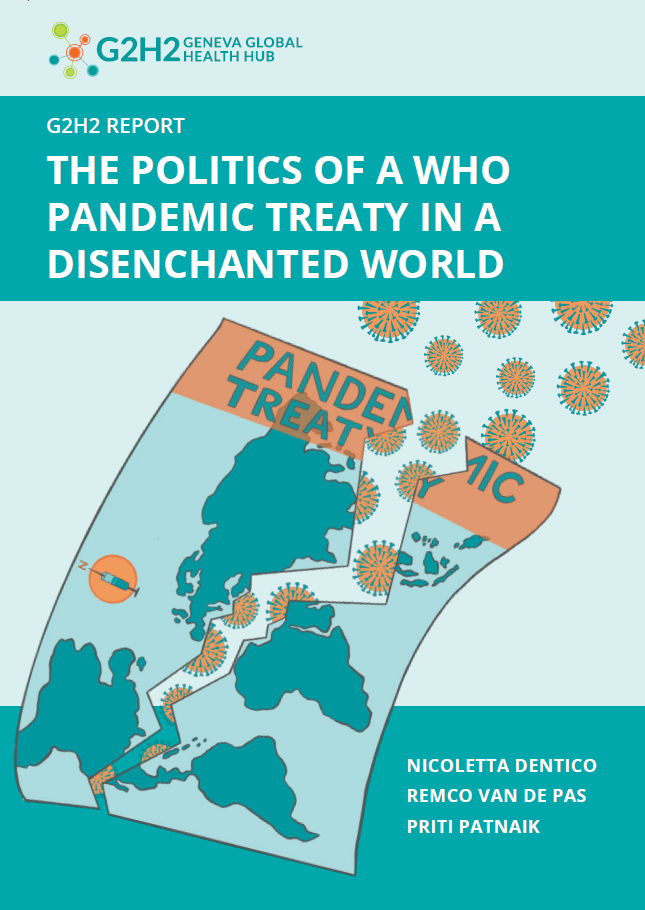
Authors
Nicoletta Dentico, Society for International Development, G2H2 co-president
Coordinator of the G2H2 research and advocacy project
Remco van de Pas, Institute for Tropical Medicine Antwerp
Research team member
Priti Patnaik, Founding editor Geneva Health Files, Geneva
Research team member
Editorial Coordinator: Neha Gupta, Society for International Development (SID)
Design & Illustration: Jessica Bromley Bartram
This report has been developed with the support of G2H2 steering committee members
Sponsored by the Rosa-Luxemburg-Stiftung with funds of the Federal
Ministry for Economic Cooperation and Development of the Federal Republic
of Germany.
Executive Summary
In early 2021, the announcement that some Member States were eager to kick off negotiations for a new binding instrument for global health at the WHO came as a surprise. Most health policy arrangements are grounded on soft norms, and the WHO has used its constitutional normative power adopting binding agreements only twice in over seventy years of history. This development appeared more unexpected as the Member States promoting the idea of a treaty for pandemic preparedness and response have in the past staunchly opposed hard norm setting at the WHO.
Through its bottom-up qualitative research involving 23 respondents, the Geneva Global Health Hub (G2H2) has dived into the unfolding arena of the WHO pandemic treaty to inject in the public dialogue around the proposal the insights from experts and civil society actors, including those who have been at the forefront of the pandemic response in countries, as well as WHO delegates in Geneva and in capitals. The G2H2 research has opened the pandemic treaty discussion to a broader mapping of reality and its current failures, in the presence of legal frameworks (the WHO International Health Regulations, IHR 2005) that should have obliged countries to cooperate and share information for contrasting SARS-CoV-2’s aggressive viral evolution. Failure to do so projects a scenario that cannot be limited to the WHO and the health sector alone, as we enter the third year of the COVID-19 and the world has not yet immunized itself from its dysfunctional power structures and economic ideologies.
G2H2 analytical departure is Dani Rodrick’s globalization paradox, in the asphyxiating scene of capitalism’s new unbridled pandemic tides and the intractable tensions present in today’s neoliberal economy and its global governance manifestation through multistakeholderim. COVID-19, while exacerbating the world’s deep structural inequalities, has brought to light the interconnected nature of the current health and environment crises and imposes now a new sense of purpose to policymaking in public health, beyond the individual-level biological causes or risk factors and the disproportionate emphasis on technological solutions. A pandemic is not a fact of life, a natural phenomenon. It represents instead the by-product of a systemic governance failure that can be avoided through a significant change of direction and a policy paradigm shift pursued in good faith through international cooperation. This shift is hard to see still, beyond diplomatic rhetoric exercises. The persistent widening global vaccine apartheid and the resolute opposition by those very countries that propose the WHO pandemic treaty, to suspending intellectual property rights at the WTO, so to enhance access to scientific knowledge and decentralized capacities of production and provision of COVID-19 countermeasures, menace the international trust needed in treaty negotiations, advance the dominant privileges of the pandemic profiteers and pose threats to multilateralism.
The report traces the genesis of the pandemic treaty proposal and its diplomatic evolution within the WHO, and identifies its different geopolitical drivers in a rapidly changing landscape. Does the world really need a new pandemic treaty? What’s the evidence behind the energetic push to negotiating one? And what are the trade-offs? G2H2 respondents’ analyses assembled in the research imagine different ways the conundrum of health needs, politics and limits might play out in the coming years, beyond the official narratives around the pandemic treaty. The issue of preparing and responding to future pandemics impinges, once again, on the need for countries’ capacities to use resources for universal public health systems with trained personnel, and for their freedom to determine the nature of the development they want to see, including through a reshaping of globalization. The G2H2 research is a tool. It has been written to stimulate conversations and upgrade the global health justice agenda after the shocks provoked by COVID.
Index
Why a G2H2 report on the pandemic treaty
Research questions and methodological approach
The COVID-19 pandemic and the creeks of global governance
The virus of an asphyxiating globalization
Genesis of a pandemic treaty proposal
Beating the treaty drums
Public health needs & pandemic governance gaps:is a new treaty the solution?
An intricacy of political triggers
Europe’s new geopolitical assertion on the global health arena
A winning agenda for the WHO Director General
The equity & access trigger for countries of the global South
Information as power: The Pathogen-Sharing Imperative
Europe’s road to immunopolitics, after COVID-19 Discussion
1. Advancing the IHRs: an alternative to the new pandemic treaty pathway?
2. International cooperation is a Member States’ obligation, not an option
3. A different order of priority in international treaty-making
4. Untangle the economic and financial knots to prepare for pandemics
Conclusions
